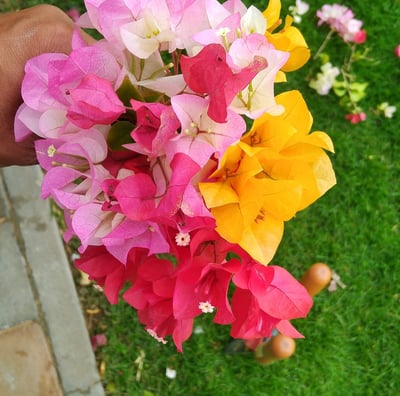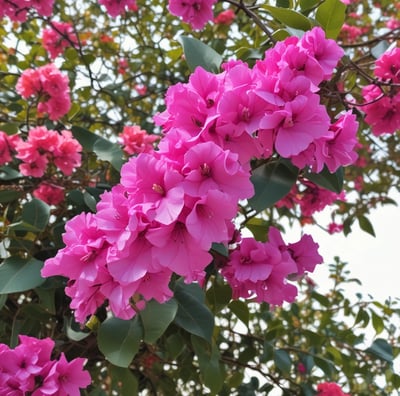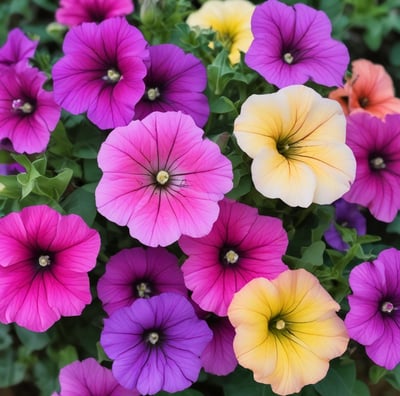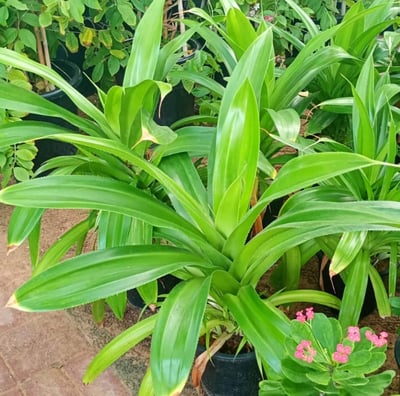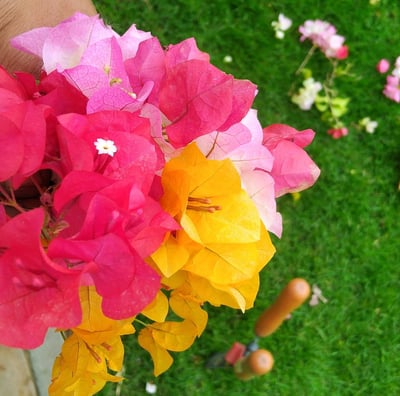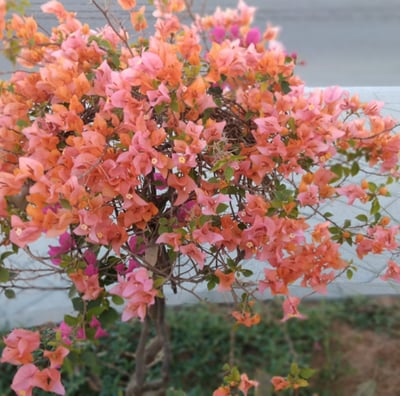mango tree
The mango tree, known scientifically as Mangifera indica, is a tropical evergreen that thrives in warm climates. Characterized by its lush, vibrant green foliage, this majestic tree can grow up to 100 feet tall, providing a dense canopy that offers shade and shelter. The mango tree is celebrated not only for its aesthetic appeal but also for its delicious, sweet fruit, which is cherished around the world. Blossom time enchants observers with delicate, fragrant flowers that attract various pollinators. Beyond its culinary delights, the mango tree holds cultural significance in many regions, symbolizing love and fertility. Its deep-rooted strength makes it resilient against harsh weather, and its wood is often prized for craftsmanship. As an essential part of many ecosystems, the mango tree contributes to the biodiversity of its environment, providing habitat for birds and insects alike, making it a beloved feature in gardens and landscapes.
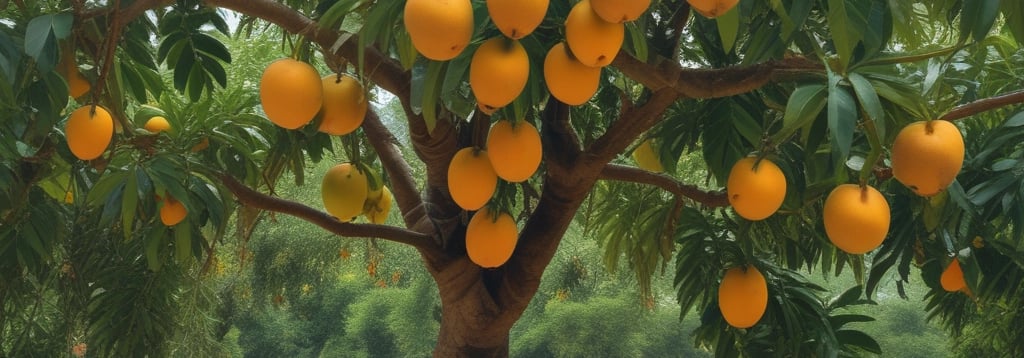

How to Care for Ornamental Trees for Healthy and Aesthetic Growth
Ornamental trees are an essential part of landscaping and green spaces, adding natural beauty, improving air quality, and providing shade. However, to ensure their healthy growth and lasting appeal, they require proper care. In this article, we will explore the key steps for maintaining ornamental trees, from planting to protecting them from diseases and pests.
1. Choosing the Right Planting Location
Selecting the right site for planting is crucial for the healthy growth of trees. Consider the following:
Sunlight Exposure: Most ornamental trees need direct sunlight for extended periods daily.
Soil Type: Trees prefer nutrient-rich, well-drained soil, such as loamy or sandy soil enriched with organic matter.
Available Space: Ensure sufficient space for root expansion and natural branching.
2. Regular and Proper Watering for Each Type
The water requirements of ornamental trees vary depending on their type and the climate of the region. However, general guidelines include:
Newly Planted Trees need frequent watering to maintain soil moisture.
Mature Trees require deep watering but at longer intervals, especially during summer.
Watering is best done early in the morning or late in the evening to minimize evaporation.
3. Fertilization to Enhance Growth
Fertilization is essential to maintain tree health and replenish lost nutrients. Follow these guidelines:
Use organic fertilizers such as compost or manure to improve soil structure.
Apply balanced chemical fertilizers (NPK) once or twice a year, depending on the tree’s needs.
Avoid over-fertilization, as it can weaken roots or burn leaves.
4. Pruning for Shape and Health
Regular pruning helps promote healthy growth and prevents disease spread. Follow these pruning tips:
Remove dead or damaged branches to prevent infections and diseases.
Prune trees during dormant seasons (such as winter) to encourage new growth in spring.
Maintain the aesthetic shape of the tree, especially for those used in landscaping.
5. Pest and Disease Control
Ornamental trees are susceptible to pests like chewing insects, spider mites, and fungal diseases. Control methods include:
Using organic pesticides such as neem oil or horticultural soap to combat insects.
Applying fungicides when white or black spots appear on leaves.
Ensuring proper air circulation around trees to reduce excess humidity that fosters fungal diseases.
6. Protection from Extreme Weather Conditions
In hot climates, mulch around the tree’s roots to retain soil moisture.
In cold regions, wrap tree trunks with burlap to protect against frost.
Support young trees with stakes to shield them from strong winds.
Conclusion
Caring for ornamental trees is not just an agricultural practice but an art that ensures a beautiful and healthy environment. By following these steps, you can keep your trees in optimal condition, adding beauty and sustainability to your garden or green space.
Enhancing Agriculture for a Healthier Future
Palm trees are iconic symbols of tropical regions, known for their tall, slender trunks and lush fronds. There are over 2,500 species of palm trees, each exhibiting unique characteristics. The most common type is the Coconut Palm, notable for its ability to produce coconuts and grow in sandy coastal areas. Another popular variety is the Date Palm, which thrives in arid climates and is valued for its sweet, nutritious fruit. The Royal Palm stands out with its majestic height and feathery leaves, often adorning parks and estates. Additionally, the Bismarck Palm is admired for its striking, silver-blue fronds. Palms are not only visually stunning but also provide essential resources like food, shelter, and materials for various products. Their adaptability makes them a favorite in landscaping, bringing an exotic flair to gardens and urban environments alike.
At Al Rawdha Landscape, we specialize in maximizing crop yields through modern, safe methods and thorough soil analysis to identify the best crops for your land.
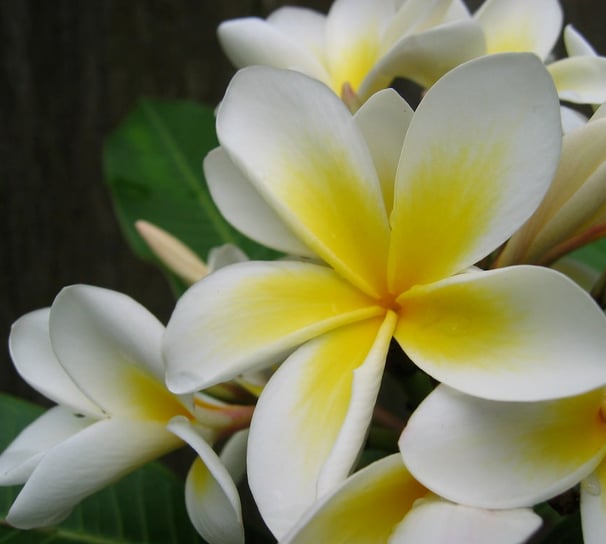

Banana Tree (Musa spp.)
The banana tree, often mistaken for a simple plant, is a majestic herbaceous giant known for its unique shape and striking appearance. Towering above the ground, its thick, green pseudostems rise elegantly, giving the tree a stout yet graceful profile. The enormous, broad leaves unfurl like giant fans, showcasing a vibrant green hue that sways gently in the breeze. These leaves can reach impressive lengths, creating a lush canopy that provides shade and shelter. At the top of the pseudostem, a cluster of bananas develops, nestled within a protective flower bract, which eventually hangs down, adding to the tree's distinctive shape. Each part of the banana tree, from its sturdy base to its sprawling foliage, creates a harmonious visual that symbolizes tropical beauty and vitality.
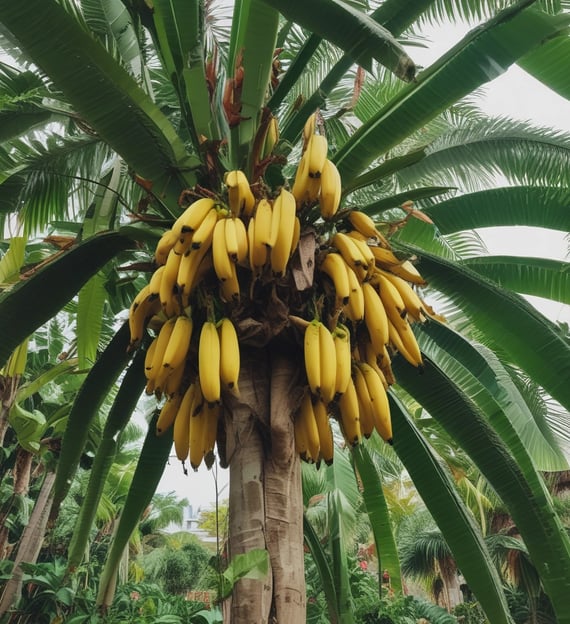

Enhance Your Crop Yield Today
Modern methods for healthier, sustainable agriculture solutions tailored to your needs.
Agricultural Improvement Services
Enhancing crop yield with modern methods and safe fertilizers for healthier farming practices.
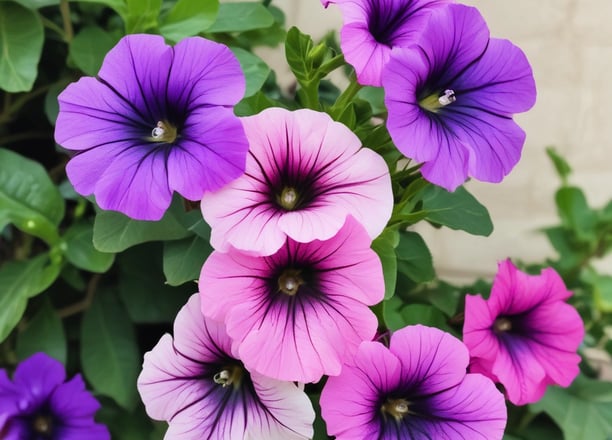

Soil Analysis Services
Identify optimal crops through comprehensive soil analysis for better agricultural outcomes.
Crop Yield Solutions
Utilizing advanced techniques to maximize your agricultural crop yield sustainably and effectively.
Fertilizer Consultation
Expert advice on safe fertilizers that promote healthy growth without harming human health.
Customer Feedback
See what our clients say about improving their agricultural yields.
The soil analysis helped me choose the right crops, boosting my yield significantly.
John Doe
Springfield
Using modern methods and safe fertilizers transformed my farming experience and increased my productivity remarkably. Highly recommend their services for any serious farmer.
Jane Smith
Greenfield
★★★★★
★★★★★
Our Gallery
Explore our innovative methods and successful agricultural crop yield improvements.
